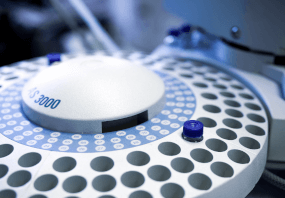General description
Research area: Cell Signaling
Superoxide dismutase (SOD) is a redox-active metalloenzyme expressed in both aerobic and anaerobic living organisms. Bovine superoxide dismutase or CuZn SOD is a homodimer with each subunit containing one zinc and one copper ion.
Application
Superoxide dismutase from bovine erythrocytes has been used:
- in a study to assess a kinetic model of radiation-induced inactivation of superoxide dismutase in nitrous oxide-saturated solutions
- in a study to investigate the possible participation of superoxide anion in the intestinal tryptophan 2,3-dioxygenase reaction
- to investigate its effect on the hemolysis rate of human RBCs and hemoglobin-nitric oxide complex (HbNO) stability in human erythrocytes
- in combination with catalase to study its effect on cell differentiation in vitro
- to quantify superoxide levels and study their effect on reactivity in mouse pulmonary arteries through chemiluminescence and cytochrome C reduction methods
Biochem/physiol Actions
Superoxide Dismutase from bovine erythrocytes catalyzes the dismutation of superoxide radicals to hydrogen peroxide and molecular oxygen. It serves as an antioxidant and plays a critical role in the defense of cells against the toxic effects of oxygen radicals. Competes with nitric oxide (NO) for superoxide anion (which reacts with NO to form peroxynitrite), thereby SOD promotes the activity of NO. SOD has also been shown to suppress apoptosis in cultured rat ovarian follicles, neural cell lines, and transgenic mice.
Unit Definition
One unit will inhibit reduction of cytochrome c by 50% in a coupled system with xanthine oxidase at pH 7.8 at 25 °C in a 3.0 ml reaction volume. Xanthine oxidase concentration should produce an initial ΔA550 of 0.025 ± 0.005 per min.
Physical form
Lyophilized powder, essentially salt-free
- UPC:
- 51173008
- Condition:
- New
- Availability:
- 3-5 Days
- Weight:
- 1.00 Ounces
- HazmatClass:
- No
- MPN:
- S7571-75KU
- CAS:
- 9054-89-1












